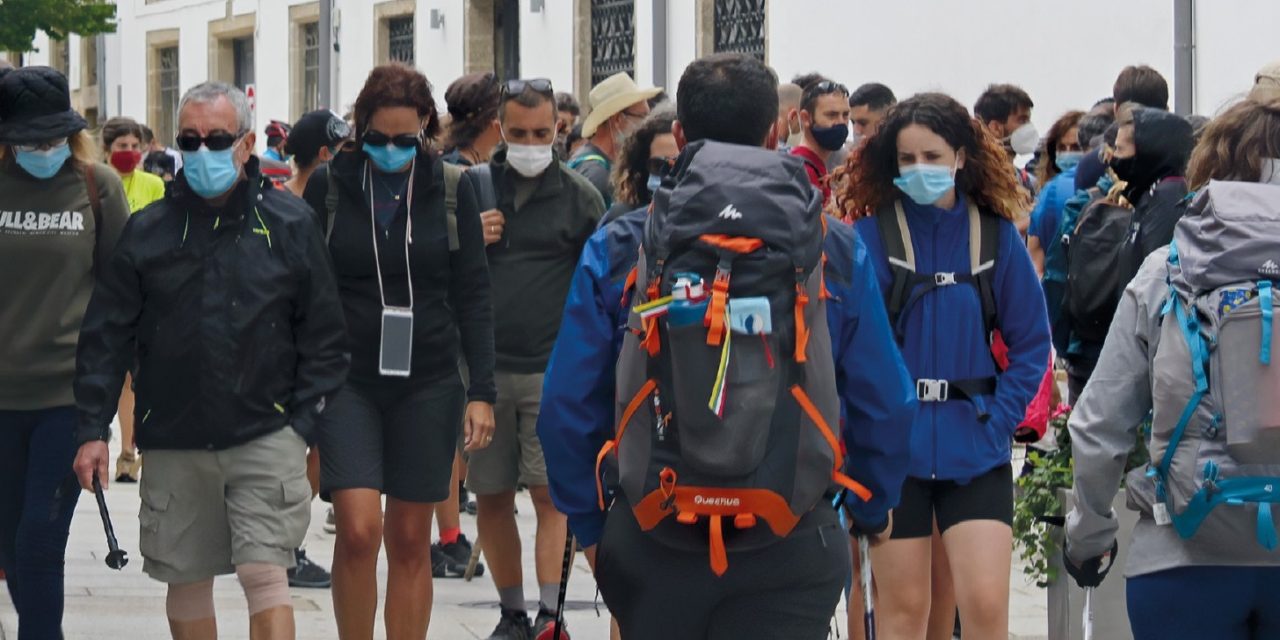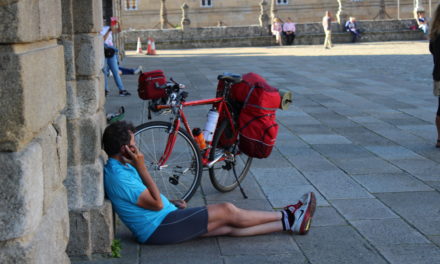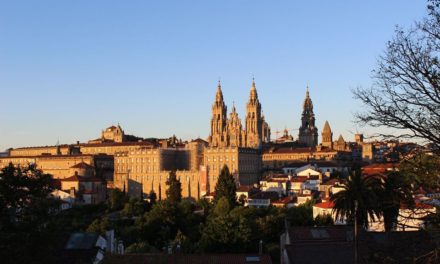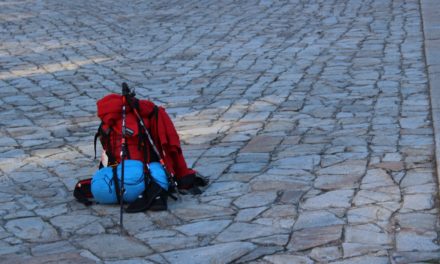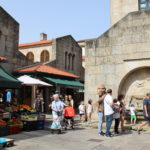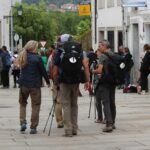El Camino resisted with 178,912 Compostelas delivered in a year still very marked by the pandemic in which we find unprecedented delivery extremes of Compostelas: from 3 delivered in the month of February to 43,675 in the month of August.
In 2021 they collected the Compostela: 90,128 men, 88,783 women and 1 unknown. Of these, 167,730 traveled the Camino on foot; 10,781 by bicycle; 199 on horseback; 165 under sail; and 37 in a wheelchair.
The presence of Spaniards was very majority: Spain 122,127, which represents 68.26%, but if we take into account the health situation, the 31,74% of foreigners who remained underlines the international and global nature of the Camino de Santiago.
The nationalities most present on the Camino after Spain were: Portugal 9,410; Italy 7,817; Germany 6,575; United States 5,668; France 4,478; Poland 1841; Holland 1,808; Mexico 1,526; UK 1,450; Czech Republic 1,089; Belgium 1,024; Brazil 989; Colombia 948; Denmark 837; Ireland 829; Swiss 720; Argentine 700; Austrian 609; Venezuela 580; Canada 558; Romania 470; Hungary 418; Ukraine 370; Korea 332; Sweden 317; Slovakia 309; Bulgarian 297; Russia 296; Croatia 271; Chinese 245; Ecuador 243; Puerto Rico 239; Lithuania 236; Uruguay 224; Peru 201; Chile 194; Slovenia 168; Malta 121; Israel 121; Andorra 110; Costa Rica 109; Australia 109; Estonian 96; Finland 96; Latvia 94; Japan 82. The figures confirm the nationalities most present on the Camino before the pandemic.
The most traveled was the Camino Frances (98,090); followed by the Portuguese Central (34,247); English (10,980); Primitive (10,143); North (9,593); Portuguese for the Coast (7,942); Via de la Plata (446); other roads (2,125); Winter Road (932); Fisterra-Muxía (808). This confirms the upward trend of the Central Portuguese Way that already existed before the pandemic, but compared to 2019, the English Way and the Primitive Way appear particularly reinforced.
The main starting points were Sarria (55,582), Tui (15,169) and Ferrol (10,574), but closely followed by starting points for long-distance routes such as Porto (8,724) and S. Jean P. de Port (8,149). ). Among the long-distance departure points, Roncesvalles (3,081), Irún (2,214), Le Puy (1,509), Madrid (1,353), Comunidad Valenciana (1,309), Lisbon (924) and Seville (795) were also present; although with fewer pilgrims, we also want to highlight starting points such as Somport (220), Holland (157), Belgium (142), Vezelay (117), Lourdes (116), Arles (113), United Kingdom (29), Ireland ( 25), Poland (23), Austria (22), Sweden (19) or Rome (12).
There were no notable incidents due to the pandemic, the pilgrims who arrived in Santiago did so following hygiene and safety regulations and respecting the restrictions, which in the first months of the year were extreme. In Spain, Galicia and Compostela, the health situation was improving and making it possible to spend the night in all the centers of the Camino, to use the hotel services, to collect the Compostela, to attend the Pilgrim’s Mass and to visit the cathedral. Throughout the year many public and private shelters remained open.

